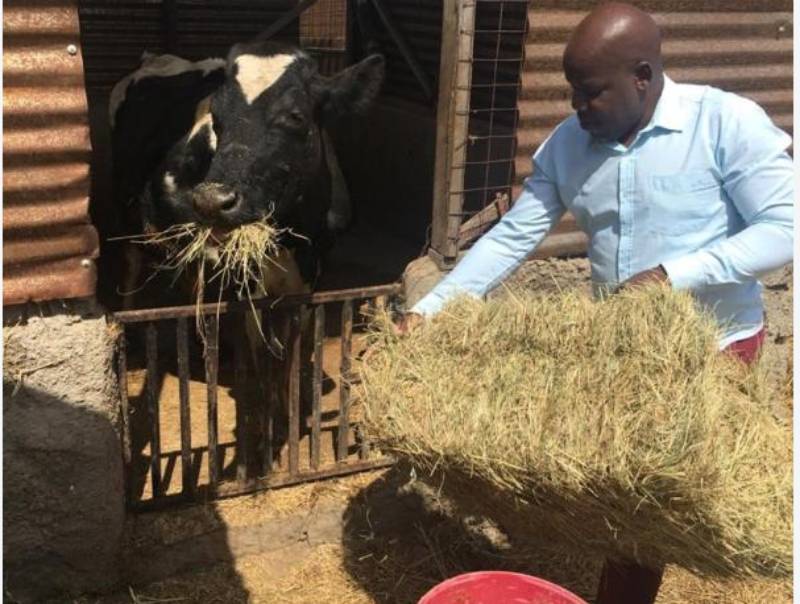×
The Standard e-Paper
Join Thousands of Readers

The writer Odeo Sirari now keeps few dairy cows as his new venture. [Courtesy]
On September 16 this year, I woke up to a post on Facebook in Digital Farmers Kenya (a group of farming enthusiasts) by an evidently disappointed and frustrated farmer who could not find market for his chickens.